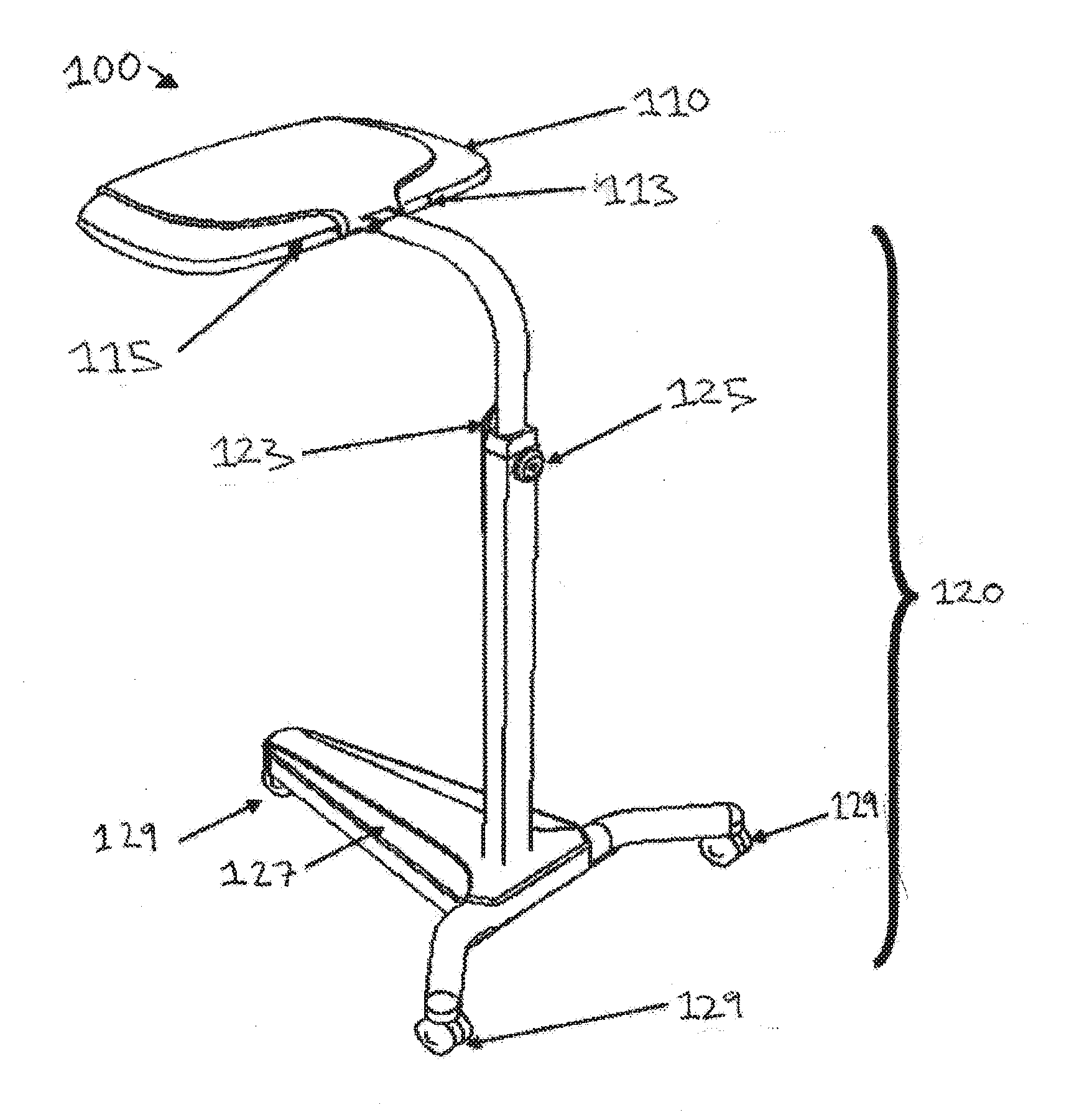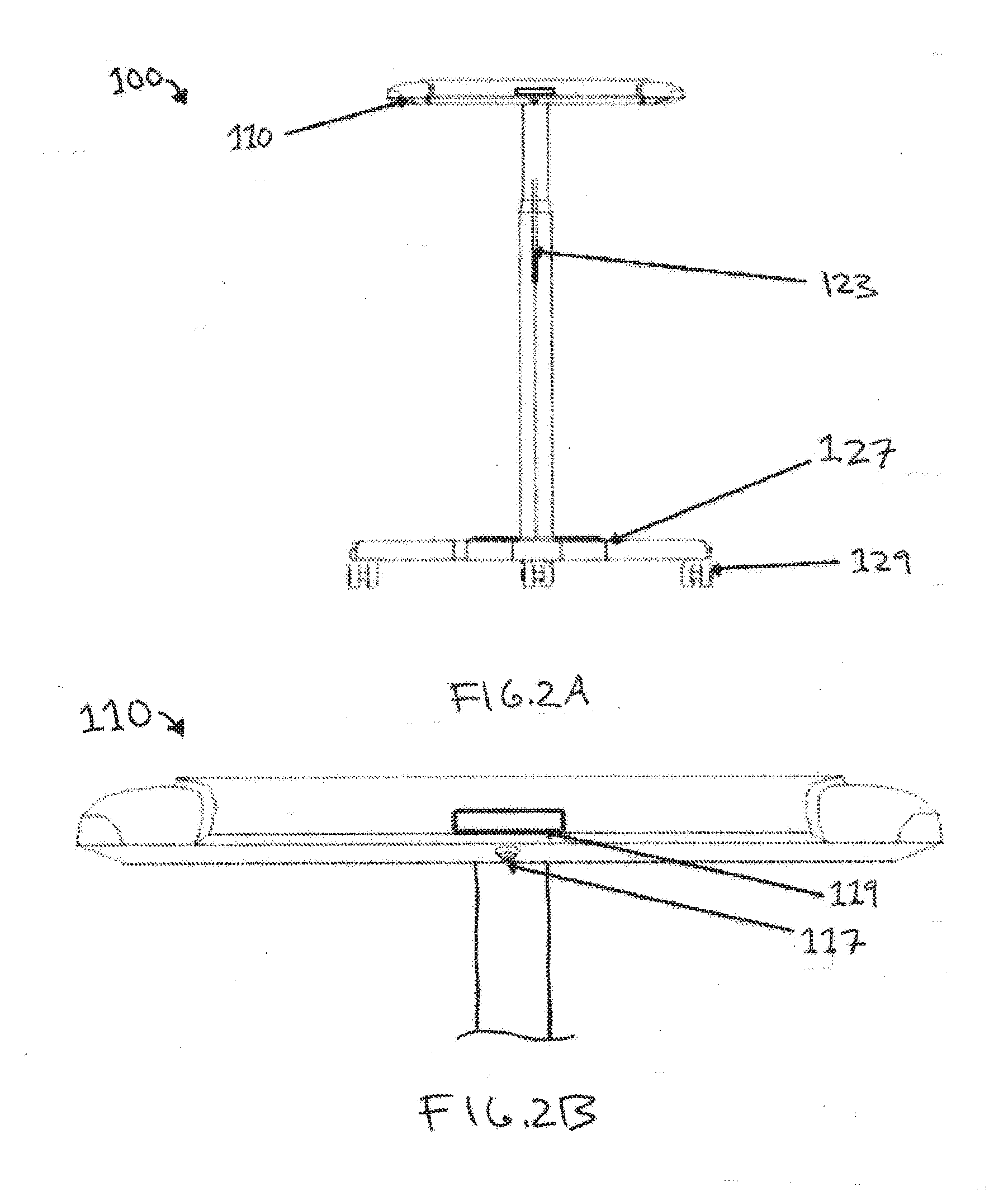Phototherapy device for the treatment of hyperbilirubinemia
- Summary
- Abstract
- Description
- Claims
- Application Information
AI Technical Summary
Benefits of technology
Problems solved by technology
Method used
Image
Examples
Embodiment Construction
[0039]The present disclosure provides devices, systems, and methods for treating neonatal hyperbilirubinemia with phototherapy using LEDs configured to optimize such phototherapy. A phototherapy device according to many embodiments may comprise a plurality of LEDs configured to provide a uniform intensity light at a specified distance range. The specific number of LEDs used may be minimized to a number sufficient to provide such uniform intensity. One or more lenses or filters may be provided for the phototherapy devices. The LED(s) may be provided on a light source mounted on a stand or mounting structure which may be coupled to a support for an infant patient to rest on.
[0040]FIG. 1 shows a perspective view of a phototherapy system 100. The phototherapy system 100 comprises a light emitting head unit or phototherapy device 110 for emitting therapeutic light and a mounting structure 120 on which the phototherapy device 110 is mounted. The mounting structure 120 can hold the phototh...
PUM
 Login to View More
Login to View More Abstract
Description
Claims
Application Information
 Login to View More
Login to View More - R&D
- Intellectual Property
- Life Sciences
- Materials
- Tech Scout
- Unparalleled Data Quality
- Higher Quality Content
- 60% Fewer Hallucinations
Browse by: Latest US Patents, China's latest patents, Technical Efficacy Thesaurus, Application Domain, Technology Topic, Popular Technical Reports.
© 2025 PatSnap. All rights reserved.Legal|Privacy policy|Modern Slavery Act Transparency Statement|Sitemap|About US| Contact US: help@patsnap.com



